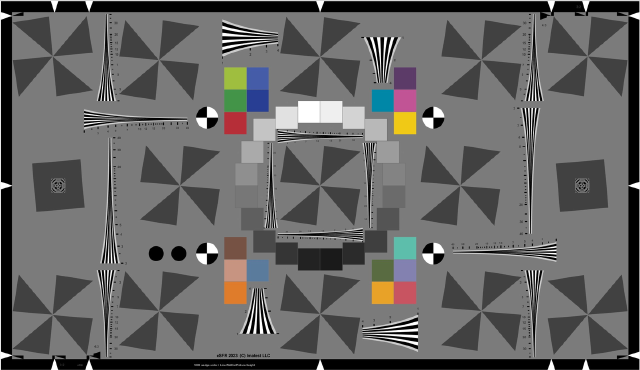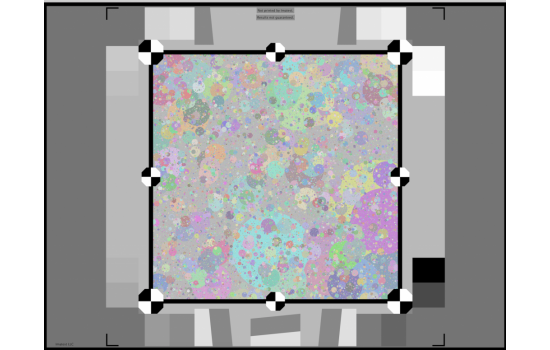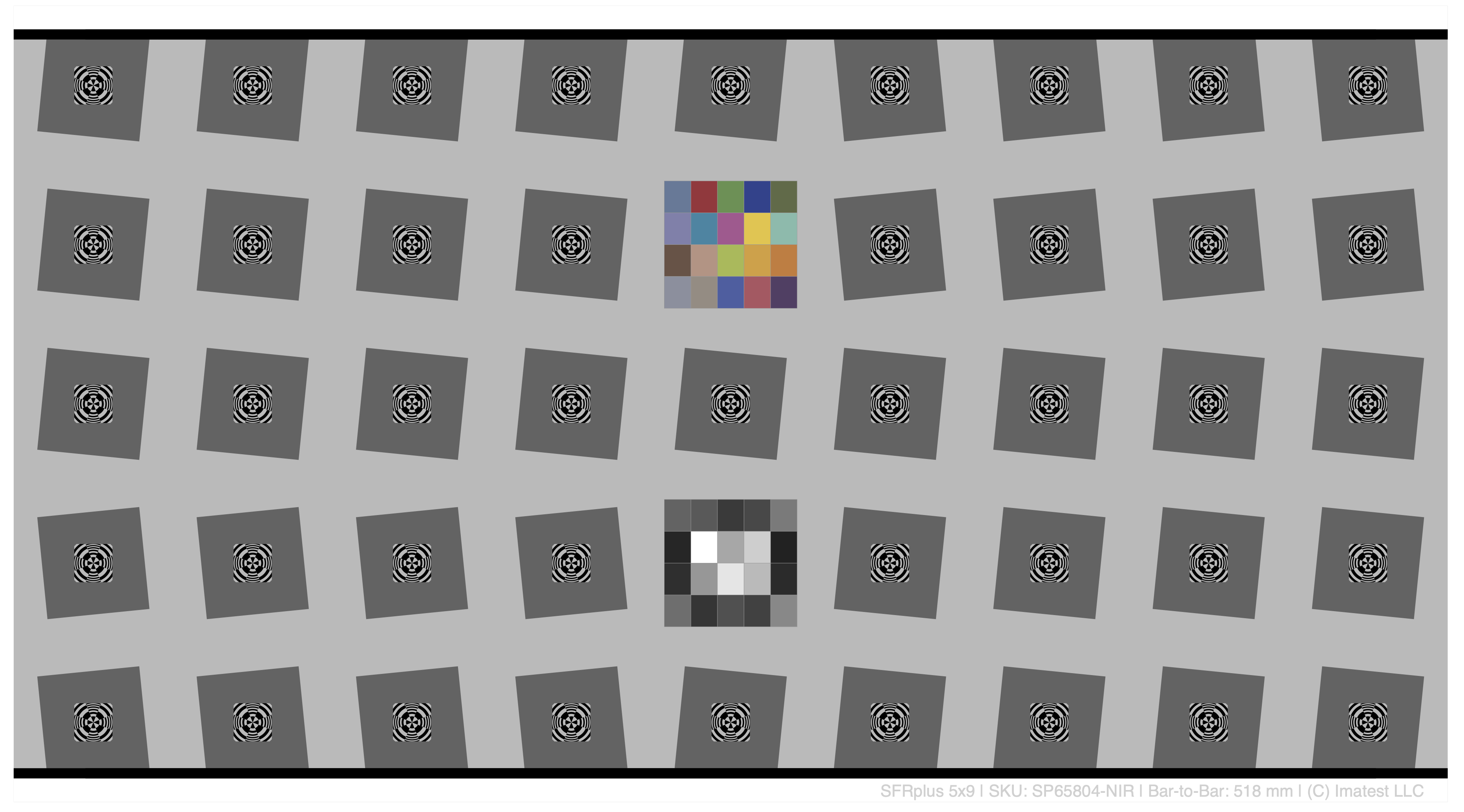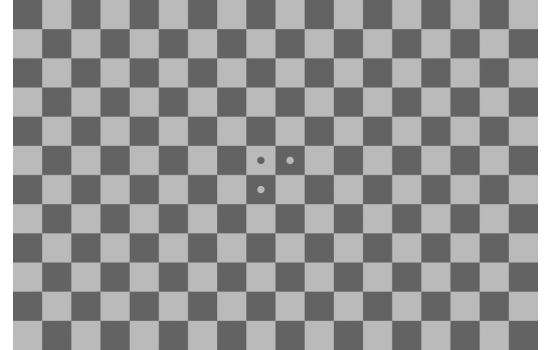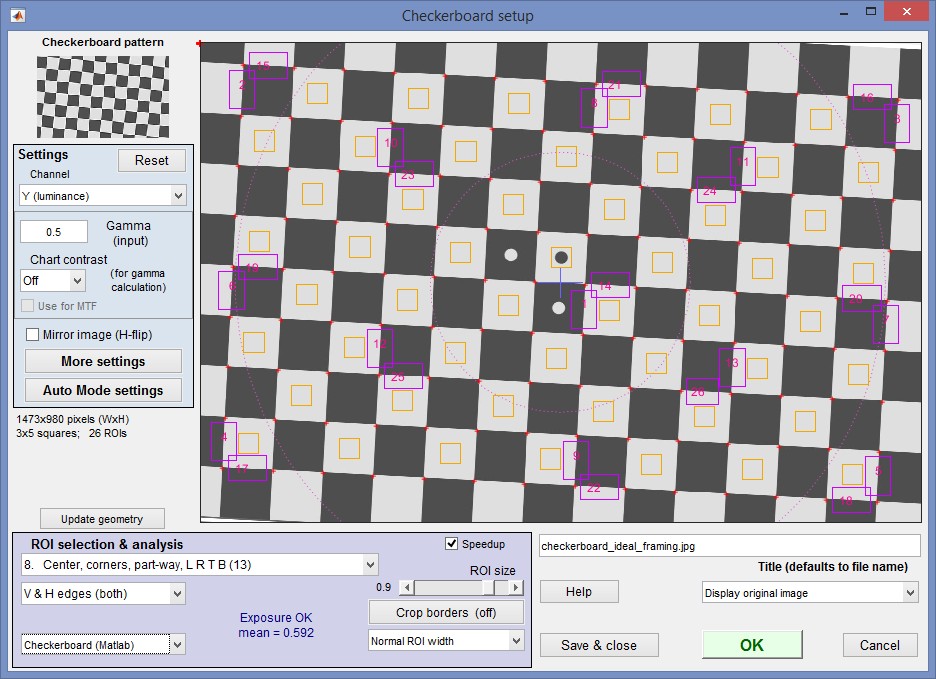Search Results for: MTF
Lighting Considerations
When selecting light sources, consider ones with high uniformity to ensure accurate chart readings (refer here for the effects of non-uniform lighting on sharpness measurements). Integrated dimming capabilities can be useful when measuring imaging system quality across different levels of light to simulate multiple real-world scenes. Uniformity Uniformity measurements indicate an imaging system’s tendency to become darker the farther away from the center of the image. This occurrence is due to the radial nature of the lens which collects more light in the center and can be particularly strong with wide angle lenses. Testing for uniformity requires light sources with […]
Lighting Considerations
Uniformity Reflective Mounting Transmissive Chart Mounting When selecting light sources, consider ones with high uniformity to ensure accurate chart readings (refer here for the effects of non-uniform lighting on sharpness measurements). Integrated dimming capabilities can be useful when measuring imaging system quality across different levels of light to simulate multiple real-world scenes. Uniformity Uniformity measurements indicate an imaging system’s tendency to become darker the farther away from the center of the image. This occurrence is due to the radial nature of the lens which collects more light in the center and can be particularly strong with […]
Test Lab Setup
Environment Chart Mounting Test Lab Equipment Lighting Addressing Glare Lighting Uniformity Requirements Software Direct Image Acquisition A proper testing lab setup is essential for obtaining reliable, repeatable image quality measurements. And before configuring your lab with charts and equipment, consider the following: Field of View (FOV) Considerations Test Chart Considerations Lighting Considerations Note: If you are photographer, student, and artist using Imatest Studio user, please refer to our Photography lab setup guide for relevant information. Environment To obtain precise measurements, your test lab should be set up in a space with little ambient lighting such as an interior, windowless room. […]
ISO 12233 eSFR Charts for Imatest LED Light Sources
The ISO12233:2017 eSFR Test Charts listed here are Pre-Mounted for use with Imatest LED Light Sources. This chart is designed to work with the eSFR ISO Module. Imatest
ISO 12233:2017 eSFR Test Charts are implementations of the Low Contrast Edge SFR (eSFR) test chart illustrated in Section 6.1 and Annex C of the ISO Standard Document. The chart is available in two general versions:
- Enhanced: extra squares, wedges, and color patterns when printed with technologies that allow color
- Extended: similar to Enhanced, but with a 16:9 aspect ratio, suitable for HDTV and cinema (Note: Works with Matlab esfrChart)
Lead Time: 3 Weeks
Spilled Coins Charts for Imatest LED Light Sources
The Imatest Spilled Coins chart is designed to measure texture sharpness. It has offers nearly perfect scale-invariance, which improves the accuracy and robustness of measurements, as well as gray regions to the left and right of the chart that facilitate noise removal.
The Imatest Spilled Coins Cross test chart uses cross-correlation calculation texture metrics to provide improved stability for images with nonlinear noise reduction. Users can now more accurately differentiate between noise and texture. Random/Dead Leaves Cross, which runs under the interactive Rescharts interface, measures SFR (Spatial Frequency Response) or MTF (Modulation Transfer Function) from these patterns
Learn more about the Spilled Coins Pattern and it’s use through the Rescharts Module.
Lead Time: 3 Weeks
SFRplus Charts for Imatest LED Light Sources
The SFRplus Test Charts are available Pre-Mounted for use with Imatest LED Light Sources. This test chart can be used with the SFRplus Module in Imatest to measure MTF, lateral chromatic aberration, distortion, tonal response, and color accuracy, and offers full support for automated image quality testing. Learn more about the SFRplus Module.
Lead Time: 3 Weeks
Photography Lab Setup
Test charts Lighting Glare-free, uniform illumination of your test chart is ideal for Imatest software to accurately measure the image quality of your camera. This can be achieved using reflective or transmissive light sources. Reflective inkjet chart lighting Widely available LED shop lights provide an excellent solution for Imatest Studio customers whose primary interest is testing camera and lens sharpness. Little assembly is required with the exception of the need to mount them. You may need more than one type of light because they typically have just one color temperature (e.g. 4000K) and have a relatively low Color Rendering Indices (around […]
Checkerboard Charts for Imatest LED Light Sources
The Checkerboard Test Charts are available Pre-Mounted for use with Imatest LED Light Sources. This chart is designed to work with the Checkerboard module. This module enhances testing of varying distances by supplying more testable regions to provide automated measurements of sharpness, lateral chromatic aberration, and distortion from images.
Learn more about the Checkerboard Module. Please note that this module runs slower than eSFR ISO and SFRplus modules and is less tolerant to extreme amounts of defocus or blooming degradations.
Lead Time: 3 Weeks




